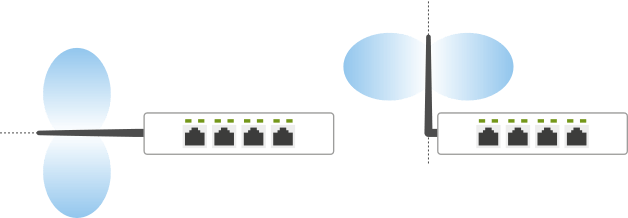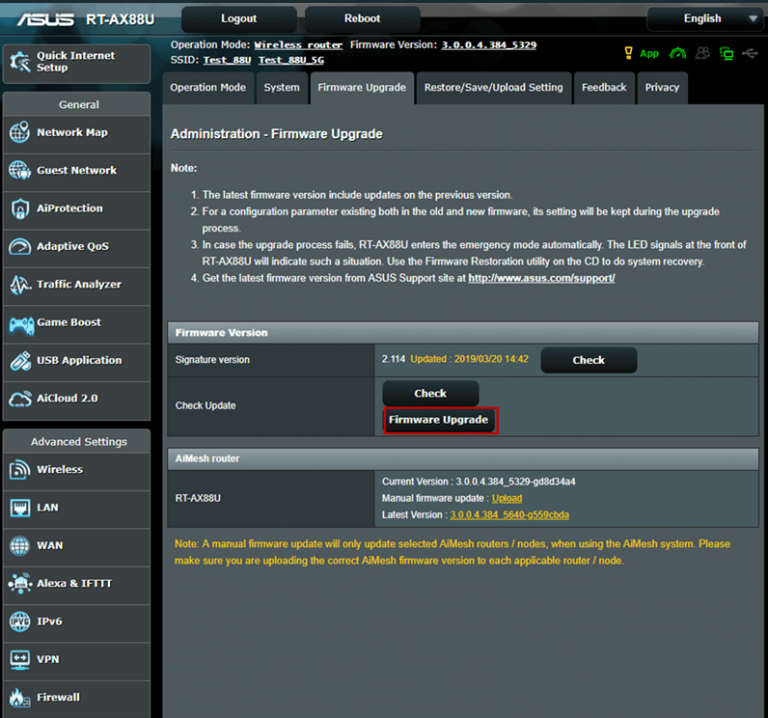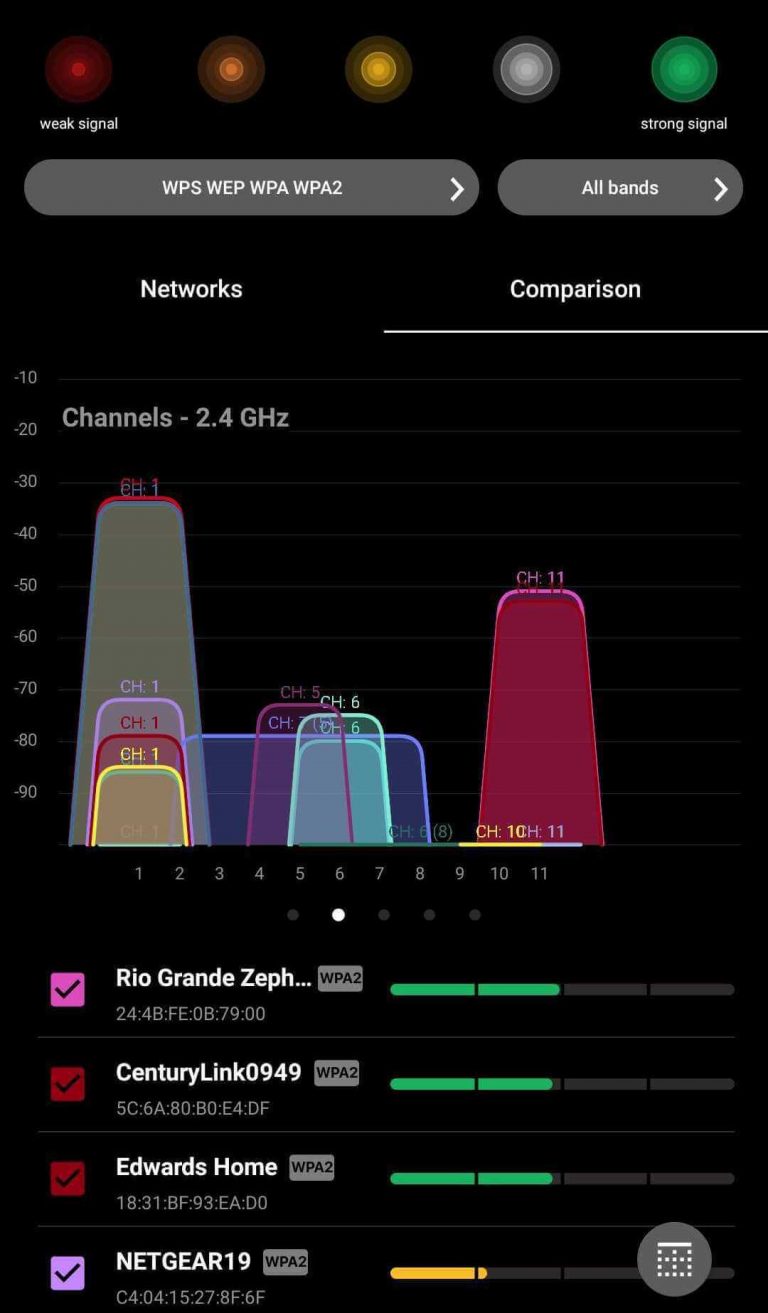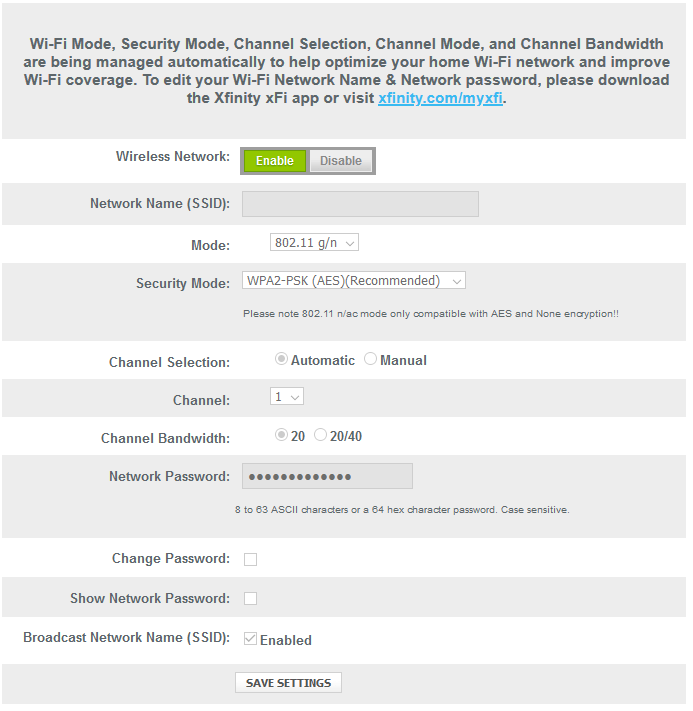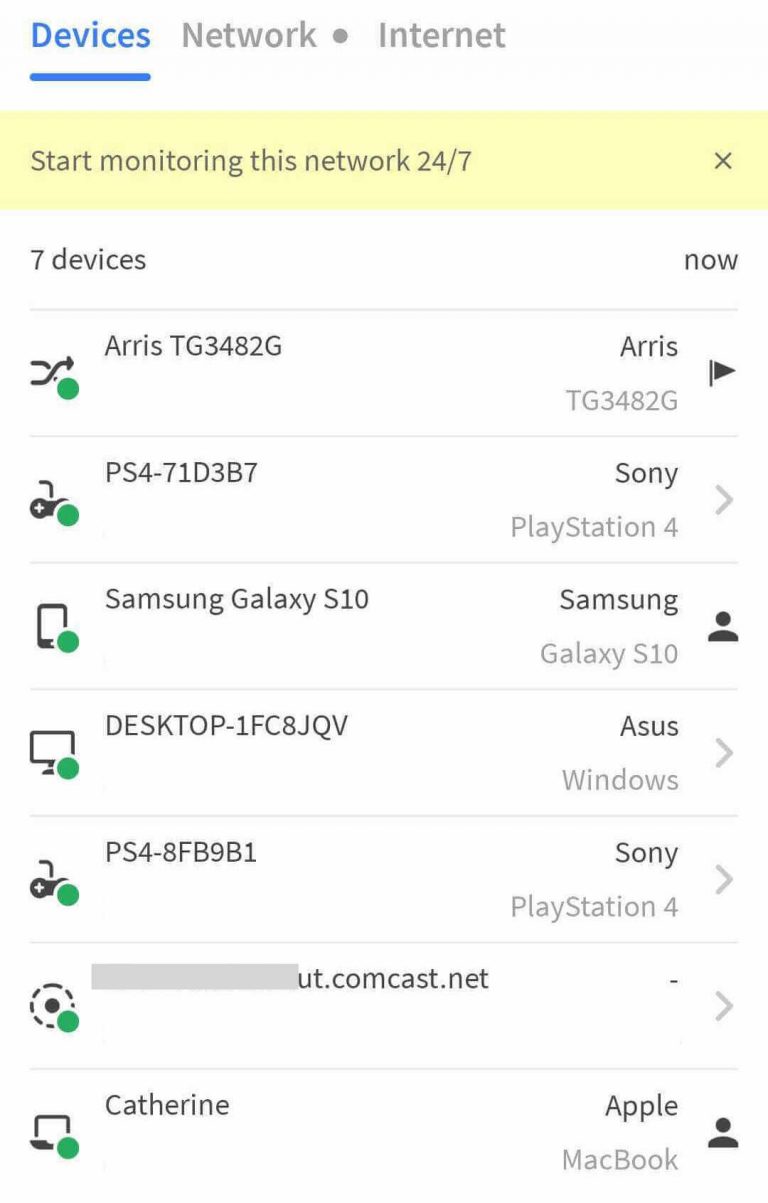Now that you know there’s no outage on your provider’s end, let’s talk about how to boost your Wi-Fi signal. You’ll start with repositioning your router (or router and modem combo if you have one of those).
You might prefer keeping your router hidden inside a cabinet or tucked away in a bookshelf. But if your Wi-Fi signal is suffering, keeping your router out of sight and out of mind could be the cause.
Here’s the ideal placement for your router:
- Located in the center of your home for the best coverage
- Surrounded by open air to remove interference and avoid overheating
- Not located near electronic devices, appliances, or metal objects
- If possible, placed up high on a shelf or with a mount
A central location for your router is critical if you want to boost your Wi-Fi coverage and get a stronger signal.
This might be difficult if you’ve got only one outlet to plug your equipment into. But it’s worth the small hassle of running cables along walls to be able to stream Netflix in your bedroom or set up your home office in the dining room.
Sometimes running cables just isn’t an option. If that’s the case in your home, try to place your router as close to any areas where you usually need an internet connection or as close to the devices you use the most.
Also make sure your router is surrounded by open air and not near other electronic devices. This is another way to avoid signal interference bogging your Wi-Fi down.
Your kitchen is home to most of the appliances that will disrupt your home Wi-Fi signal. But other big offenders include washers and dryers, TVs, cordless phones, and some heaters. So avoid setting up your router near any of these devices if possible.
Look for studs, too, if your Wi-Fi signal isn’t getting to every nook and cranny in your house. Some homes use metal studs instead of wood, and you should use a stud finder to make sure your router isn’t located next to any. Believe it or not, these little suckers can cause major Wi-Fi disruption.
You might think that your router’s antennas should both stick straight up, but you might improve your Wi-Fi signal and range by moving them around.
Most modern routers have omnidirectional antennas, so they broadcast a Wi-Fi signal in a direction that’s perpendicular to the antenna itself.
Here’s how to position external router antennas to power up your Wi-Fi signal:
- If you live in a single-story home, point your antennas straight up.
- If you live in a multi-story home, point half of your antennas straight up and the other half of your antennas at an angle or parallel to your floor.
That should take care of any external antennae. If your router came with internal antennas, all you need to do is make sure you stand it up the way it’s meant to sit. So don’t flip your router on its side if it’s meant to stand tall and proud.
